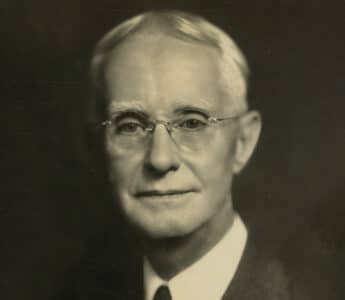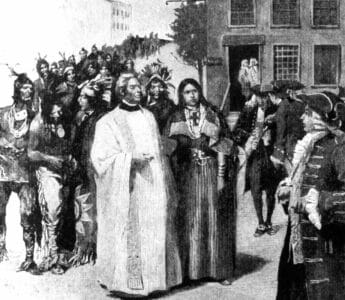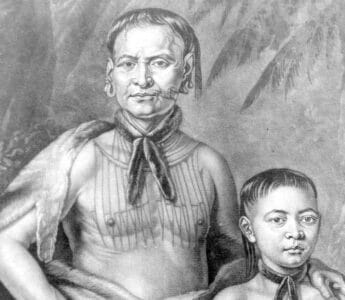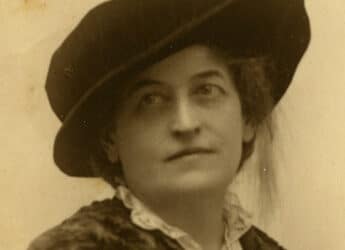Biographical Resources
Flannery O’Connor
Biographical Resource
Abraham Baldwin
Biographical Resource
Charles Herty
Biographical Resource
Mary Musgrove
Biographical Resource
Tomochichi
Biographical Resource
James Edward Oglethorpe
Biographical Resource
Button Gwinnett
Video and Audio
Casimir Pulaski
Biographical Resource
Juliette Gordon Low
Biographical Resource









